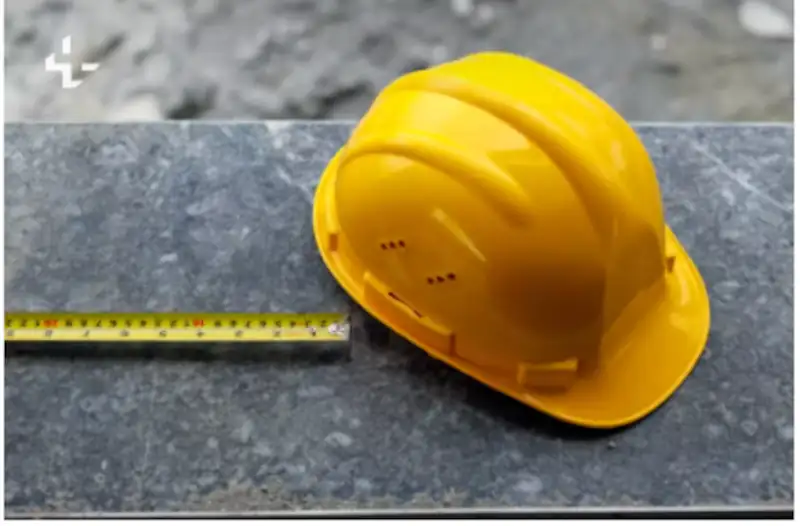
The Ultimate Guide to Construction Cost Estimation: Tools, Techniques, and Trends
Introduction: Why Accurate Estimates Are Critical
In construction, precision isn't just a luxury, it’s a necessity. Accurate cost estimation is the backbone of every successful construction project. Whether you're building a single-family home, a commercial high-rise, or infrastructure, knowing the expected costs early and revisiting them often prevents overruns, scope creep, and project failure. As the industry becomes more competitive and timelines tighten, accurate forecasting and budgeting determine who wins contracts and who loses profits.
Construction cost estimation helps stakeholders allocate resources effectively, assess project feasibility, and maintain financial control from planning to completion. For contractors, it influences bid success. For project managers, it provides a benchmark for evaluating actual costs against estimates. For owners, it offers confidence in the investment. The ripple effect of a poor estimate can be devastating resulting in halted construction, disputes, or complete abandonment.
In today’s digital age, cost estimation isn’t just about crunching numbers with a calculator. It involves a deep understanding of materials, labor, permits, software tools, and emerging technologies like AI and big data that are reshaping the way we forecast costs in construction.
The 4 Major Estimating Methods in Construction
There is no one-size-fits-all when it comes to cost estimation in construction. Estimators choose techniques based on the project phase, available information, and required accuracy. Let's explore the four most commonly used methods:
1. Preliminary (Order of Magnitude) Estimates
This method is typically used during the conceptual stage when project details are minimal. It’s based on historical data, benchmarks, or cost per square foot/meter. While not highly accurate, preliminary estimates offer stakeholders an early sense of project scale and budget.
Example: A developer evaluating whether a new hotel project is feasible might use past project data to generate a ballpark cost.
2. Detailed (Definitive) Estimates
Once designs are complete, a detailed estimate is created using itemized lists of materials, labor, equipment, subcontractor costs, and overhead. This is often used to prepare bids or finalize project budgets. It requires accurate drawings, specifications, and takeoff data.
It’s one of the most labor-intensive but also the most accurate estimation methods.
3. Quantity Takeoff Estimates
This method involves calculating exact quantities of materials and labor needed to complete the project. Often done through construction estimating tools, takeoffs provide granular visibility and are essential in both detailed and unit-based estimates.
It supports procurement planning and ensures contractors order the right materials at the right time.
4. Unit Price Estimates
This approach is used when projects are broken into units (e.g., per square meter of flooring or per linear meter of piping). The estimator multiplies the quantity by a standardized unit cost to get the total cost. It's fast, scalable, and often used in infrastructure or repetitive work scenarios.
Each of these methods has advantages and is best suited for specific project phases. A good estimator knows when and how to apply each method for maximum accuracy.
Common Cost Overlook Areas in Estimation
Even the most experienced professionals sometimes miss hidden costs. These blind spots can derail budgets and timelines if not addressed early. Here are some of the most commonly overlooked areas in construction cost estimation:
1. Permits and Regulatory Fees
Navigating regulatory frameworks can be complex. Costs for zoning approvals, environmental permits, building permits, and inspections can add up significantly especially in urban or heavily regulated areas. These often vary by jurisdiction and project type.
2. Labor Market Volatility
Labor costs are not static. Regional shortages, union requirements, overtime, and skilled trade availability can dramatically affect actual labor expenses. Estimating should account for wage fluctuations, productivity rates, and potential overtime.
3. Project Delays and Schedule Slippage
Weather, material delivery issues, equipment failures, or design changes can all cause delays. Each delay adds to labor costs, rental fees for equipment, and can lead to penalties. Including contingency buffers is essential for accuracy.
4. Change Orders and Scope Creep
Changes during construction, requested by clients or due to unforeseen conditions are a major budget killer. Estimators must leave room for flexible budget updates and maintain clear records of baseline scope and subsequent changes.
5. Site Conditions and Access
Poor soil, remote locations, restricted access, or utility challenges can add unexpected costs. A thorough site analysis should be part of the pre-estimation phase.
6. Material Waste and Theft
Waste, spillage, damage, and theft are real costs on any construction site. Smart estimators include a waste factor and implement preventive controls.
Top Cost Estimation Tools & Software in 2025
In modern construction, spreadsheets alone can’t keep up. Today’s estimators rely on advanced cost estimation software that integrates real-time data, 3D models, and automation. Here are some of the top tools used across the industry:
1. ProEst
A cloud-based platform that supports bid creation, cost modeling, and project management. It integrates with accounting and ERP systems and provides cost history databases.
2. Buildertrend
Popular with small to medium construction businesses, Buildertrend includes cost tracking, estimates, schedules, and communication features.
3. PlanSwift
Used for digital takeoffs, PlanSwift allows users to mark up plans and measure dimensions directly, improving the speed and accuracy of estimates.
4. Sage Estimating
Sage offers robust database integration and is ideal for detailed, large-scale construction estimating with support for unit pricing, assemblies, and custom formulas.
5. Trimble Estimation
It combines cost estimation with Building Information Modeling (BIM), enabling a seamless workflow between design and budget control.
6. PrecisionSpan
While not a cost estimator itself, PrecisionSpan integrates real-time cost data, procurement, labor management, and budgeting tools to keep estimates aligned with execution. The platform syncs with external estimators and offers automated budget updates as changes occur during construction.
Using these tools reduces human error, saves time, and provides greater transparency for stakeholders. Modern platforms also include dashboards, audit trails, and cost forecasting features critical for informed decision-making.
AI & Data Trends in Cost Forecasting
Artificial Intelligence is no longer futuristic, it’s reshaping construction cost estimation today. Here’s how AI and data analytics are driving change:
1. Predictive Analytics
AI tools can analyze historical data from hundreds of past projects to predict cost trends based on current conditions. They learn from patterns in labor, material prices, and project risks to fine-tune estimates over time.
2. Dynamic Pricing and Procurement Forecasting
With machine learning, systems can forecast when and where to buy materials for the best price. They also help identify the impact of inflation or supply chain disruptions before they hit.
3. Real-Time Cost Monitoring
Integrated sensors and IoT devices allow real-time tracking of resource usage. Combined with AI, this helps recalibrate cost forecasts continuously throughout the project.
4. Generative Design
AI-powered generative design tools evaluate thousands of layout options based on budget, structural integrity, and code compliance. This ensures not only technical accuracy but also cost optimization from the design phase.
These trends ensure that construction cost estimation becomes more proactive than reactive. Firms that leverage AI in forecasting can respond quickly to price changes, mitigate risks, and maintain competitive advantage.
Best Practices for Reliable Budgeting
Accurate estimation is only one side of the coin. Maintaining a reliable budget throughout the project lifecycle requires best practices in project management, cost control, and communication.
1. Baseline Budget Definition
Set a realistic and detailed baseline. Include line items for materials, labor, equipment, contingency, and fees. Make sure stakeholders understand what’s included and excluded.
2. Change Order Management
Establish a formal process for tracking, approving, and communicating scope changes. Keep records updated in your budget software or system.
3. Regular Forecasting and Variance Analysis
Use forecasting tools to compare actual costs with projected costs. Variance analysis helps uncover inefficiencies or over-expenditures early.
4. Integrated Cost and Schedule Planning
Time equals money. Aligning your project schedule with budget tracking ensures cost escalations tied to delays are easily identified.
5. Collaborative Budget Updates
Enable real-time budget updates across all stakeholders using collaborative platforms. Tools like PrecisionSpan make it easier to assign cost centers, approvals, and change logs.
6. Education and Transparency
Involve your team. Make cost and budgeting practices part of your culture. Transparent communication reduces errors, improves trust, and ensures ownership at every level.
How PrecisionSpan Simplifies Cost Tracking & Budget Updates
PrecisionSpan is not just a project scheduling tool, it’s a platform that enhances construction cost estimation and budget control in real time. Here’s how:
- Live Budget Syncing: Cost updates from the field reflect instantly in your central dashboard.
- Integrated Change Order Tracking: All changes are logged, priced, and approved through one system.
- Subcontractor and Procurement Integration: Aligns procurement with forecasted quantities and timelines.
- Cost Breakdown Structures: Organize your budget into logical hierarchies and track performance by work package or trade.
- AI-Powered Alerts: Get notifications when labor or material costs deviate from estimates.
By connecting planning to execution, PrecisionSpan ensures that your estimate doesn’t stay on paper, it evolves as the project does.
Conclusion
In an industry where margins are tight and the risk of cost overruns is ever-present, mastering the art of construction cost estimation is a competitive advantage. From understanding estimation methods to implementing AI-powered tools, today’s professionals must blend traditional expertise with cutting-edge technology.
Whether you're preparing a high-level conceptual estimate or managing a live construction budget, accuracy, agility, and alignment are key. Overlooking costs, using outdated tools, or failing to update your estimates in real time can cost millions and ruin reputations.
Platforms like PrecisionSpan help project managers, estimators, and executives take control of budgeting from the ground up. With features that support real-time tracking, collaboration, and change management, they turn your estimates into actionable insights, and your plans into profits.
Ready to bring accuracy and control to your construction budgets?
Book a Demo or Get Started Free



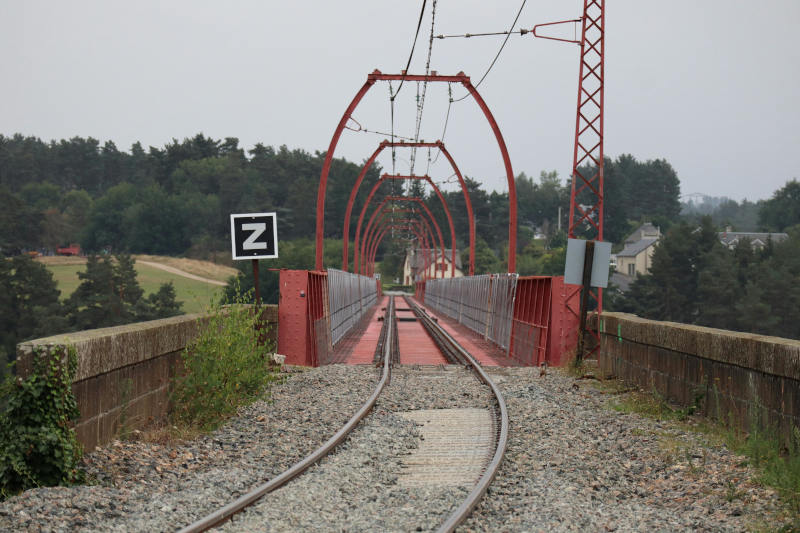
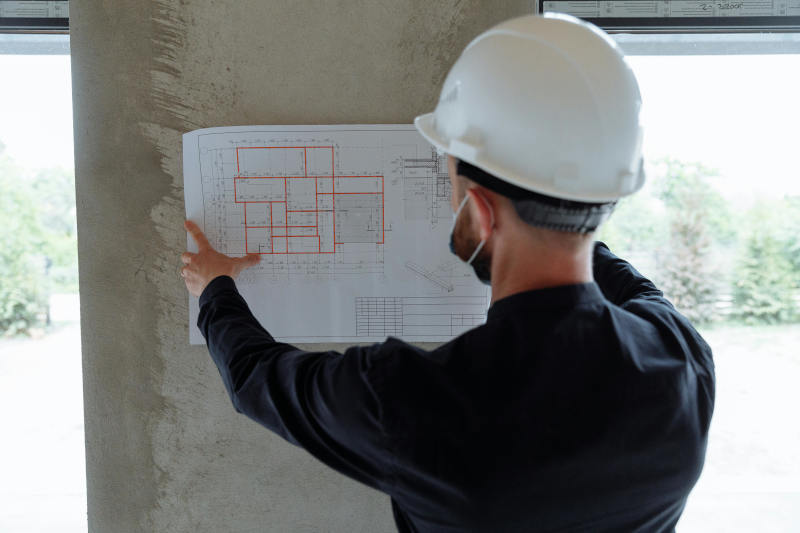


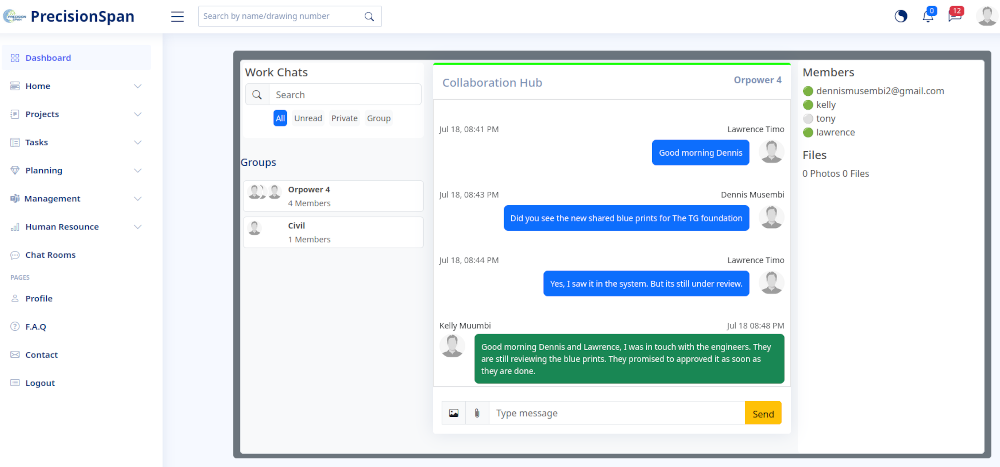
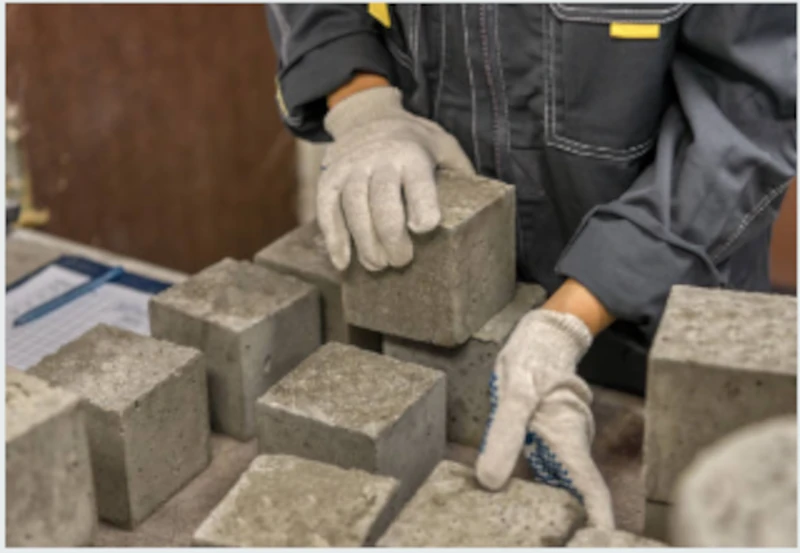

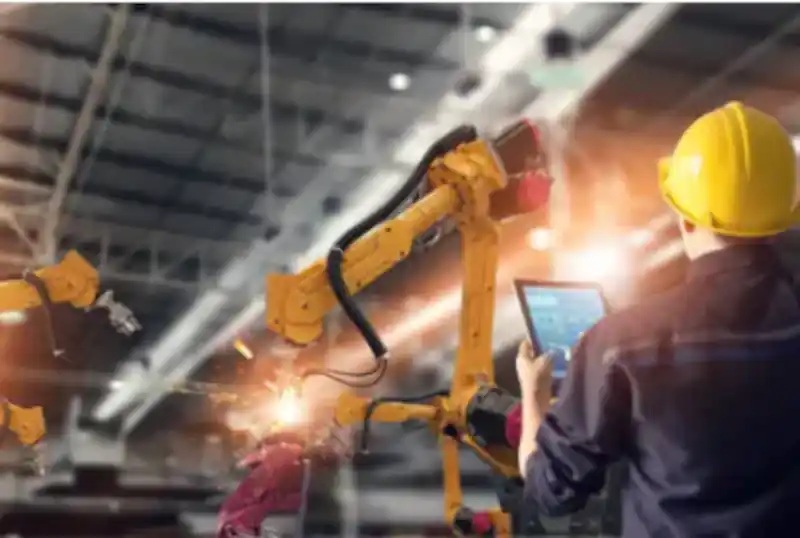
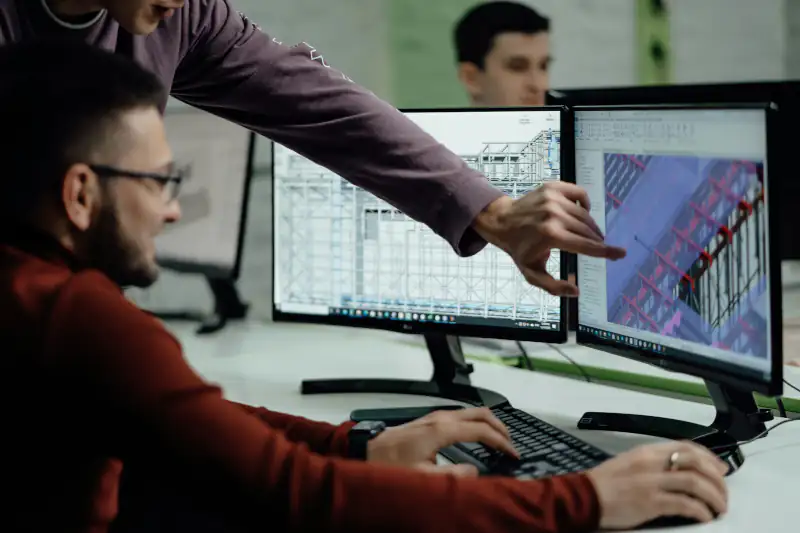
0 Comments